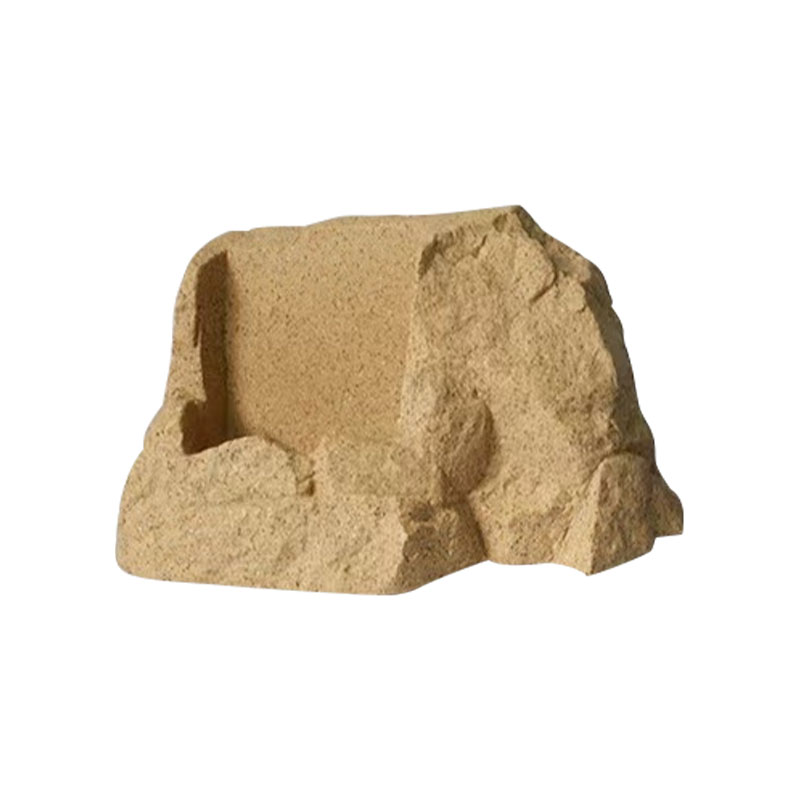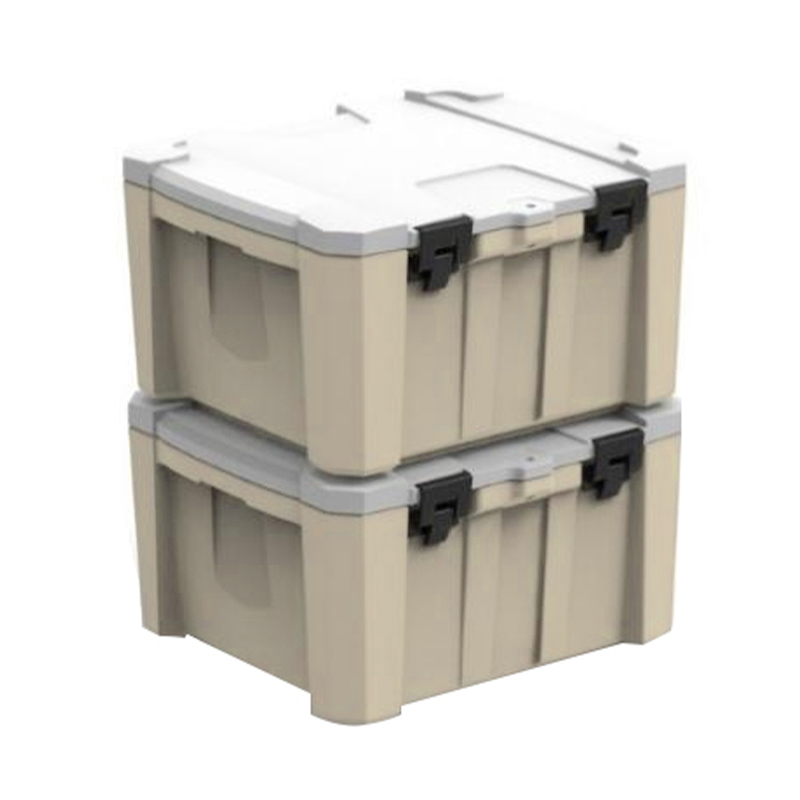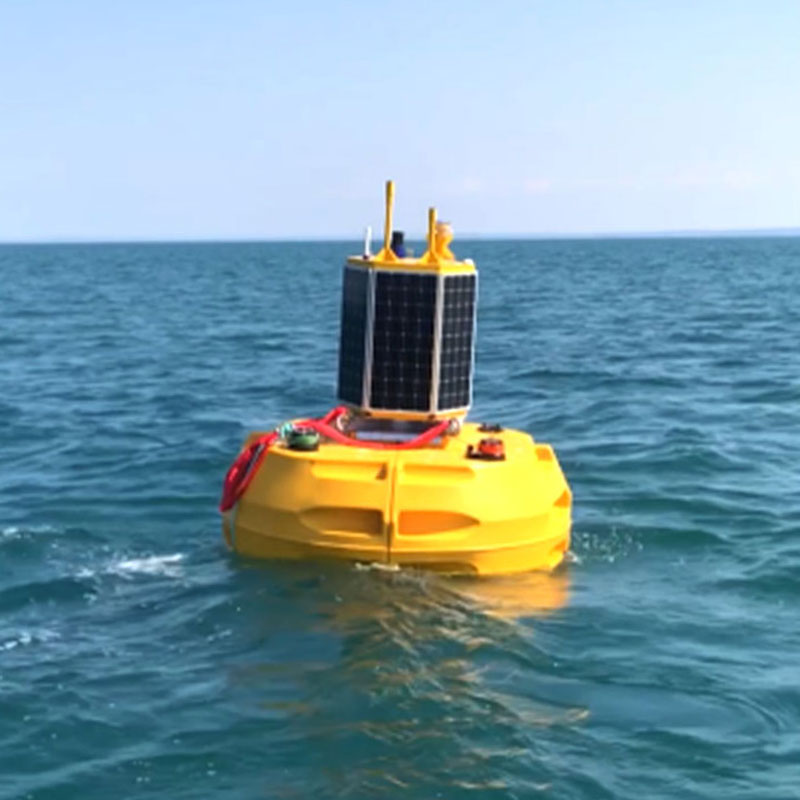In landscape design, rockery fences are not only functional safety barriers, but also the harmonious unity of art and nature. With their unique form, exquisite details and rich cultural connotations, they add a beautiful landscape to public spaces, residential areas and scenic spots. However, behind this beauty, there is a crucial link-surface finish detection of rockery fence molds.
Surface finish, as an important indicator to measure the appearance quality of molds and their products, is directly related to the visual beauty of the finished fence. A fence with a smooth surface and uniform gloss can instantly attract people's attention and become the focus of the landscape. On the contrary, if there are scratches, pits or rust on the surface of the mold, these defects will be magnified during the casting process, directly affecting the appearance texture of the finished fence, and may even cause consumers to question the overall landscape quality.
In the production process of rockery fence molds, the control of surface finish is crucial. It is not only about beauty, but also closely related to the service life of the mold, material utilization rate and production efficiency. Therefore, from the beginning of mold design, the requirements for surface finish need to be taken into consideration to ensure that every detail meets high standards.
In order to ensure that the surface finish of the mold is in the best state, the quality inspection link is particularly important. In this link, we use a combination of visual inspection and surface roughness meter to conduct a comprehensive and multi-level detailed inspection of the mold surface.
1. Visual inspection: intuitive perception, detail capture
Visual inspection is one of the most direct and commonly used inspection methods. The inspector uses natural light or auxiliary light source to carefully observe the mold surface. This step is to find any defects visible to the naked eye, such as scratches, pits, rust, oil stains, etc. Through visual inspection, we can quickly screen out molds with unqualified surface quality to prevent them from entering the subsequent production process.
2. Surface roughness meter: precise measurement, scientific evaluation
Although visual inspection can intuitively perceive the defects on the mold surface, it is difficult to accurately judge tiny unevenness or subtle texture changes with the naked eye. At this time, the surface roughness meter becomes an indispensable tool. The instrument can accurately measure the roughness value (such as Ra, Rz, etc.) of the mold surface through contact or non-contact measurement, and judge whether it is qualified or not according to the preset standards.
In the quality inspection of rockery fence molds, we usually use a contact surface roughness meter, which uses a diamond probe to scratch the mold surface and reflects the surface roughness by measuring the vertical displacement of the probe. This method is not only highly accurate, but also has a fast measurement speed, which can greatly improve the inspection efficiency.
During the quality inspection process, we have extremely strict requirements on the mold surface. The mold surface should have no obvious scratches, pits or rust, and the roughness value must be controlled within a certain range to ensure that a smooth and delicate fence surface can be formed when pouring materials.
1. Scratches and pits: zero tolerance
Any form of scratches or pits will be considered unqualified. These defects not only affect the aesthetics of the fence, but may also become stress concentration points, reducing the strength and durability of the fence. Therefore, during the mold making and transportation process, we have taken strict protection measures to avoid any behavior that may damage the mold surface.
2. Rust and oil stains: Thoroughly remove Rust and oil stains are common contaminants on the mold surface. They not only affect the appearance quality of the mold, but may also affect the adhesion of the material and the casting effect. Therefore, before quality inspection, we will thoroughly clean and rust the mold to ensure that the mold surface is clean and pollution-free.
3. Roughness control: keep improving For the roughness control of the mold surface, we follow the principle of "better low than high". Under the premise of meeting the design requirements, the roughness value of the mold surface is reduced as much as possible to form a smoother and more delicate fence surface. This not only improves the ornamental value of the fence, but also reduces the material waste and processing difficulty caused by uneven surface.
The improvement of the surface finish of the mold has an all-round impact on the finished fence.
1. Visual beauty: improve the overall landscape quality A fence with a smooth surface can instantly enhance the visual effect of the entire landscape. It can not only blend into the surrounding natural environment, but also become the finishing touch in the landscape, attracting the eyes and attention of tourists.
2. Durability: Extend service life
Fences with smooth surfaces are less susceptible to erosion and damage from the external environment. They can withstand erosion from harsh environmental conditions such as wind, sun, and rain, and remain beautiful and practical for a long time. At the same time, the smooth surface also reduces the adhesion of dirt and impurities, making the fence easier to clean and maintain.
3. Material utilization and production efficiency: Optimize production costs
The improvement of the surface finish of the mold helps to reduce material waste and processing difficulty during the casting process. The smooth surface can make the material more evenly distributed in the mold cavity, thereby improving the utilization rate of the material and the finished product rate of the fence. At the same time, it also reduces the energy consumption and time cost during the processing process and improves production efficiency.
The surface finish of the rockery fence mold is the key to creating a dual guarantee of visual beauty and durability. Through strict quality inspection processes and high standards, we can ensure that each mold has the best surface quality. This not only improves the overall quality and market competitiveness of the finished fence, but also contributes to the sustainable development of the garden landscape business.

 English
English 中文简体
中文简体 русский
русский Español
Español












